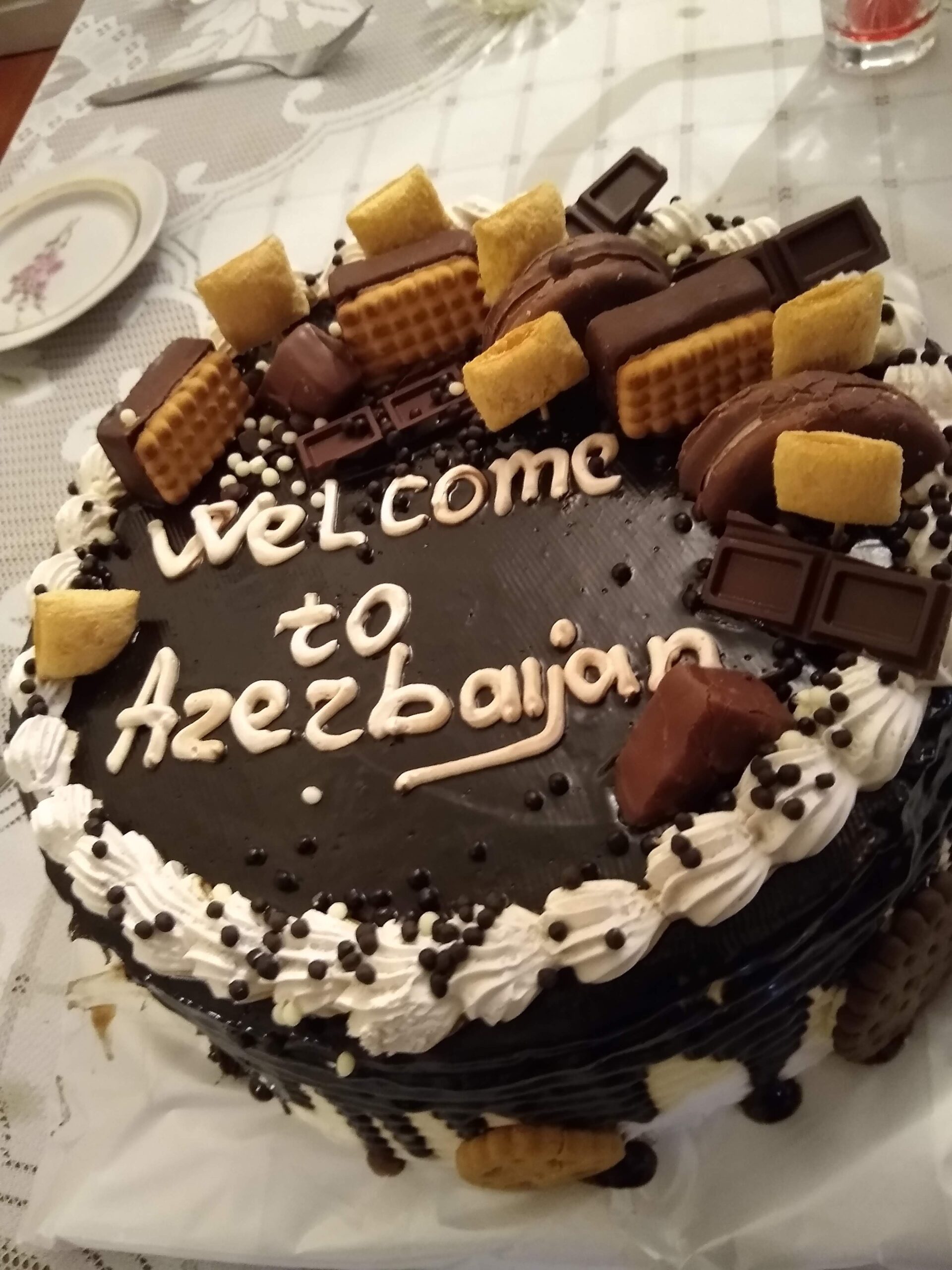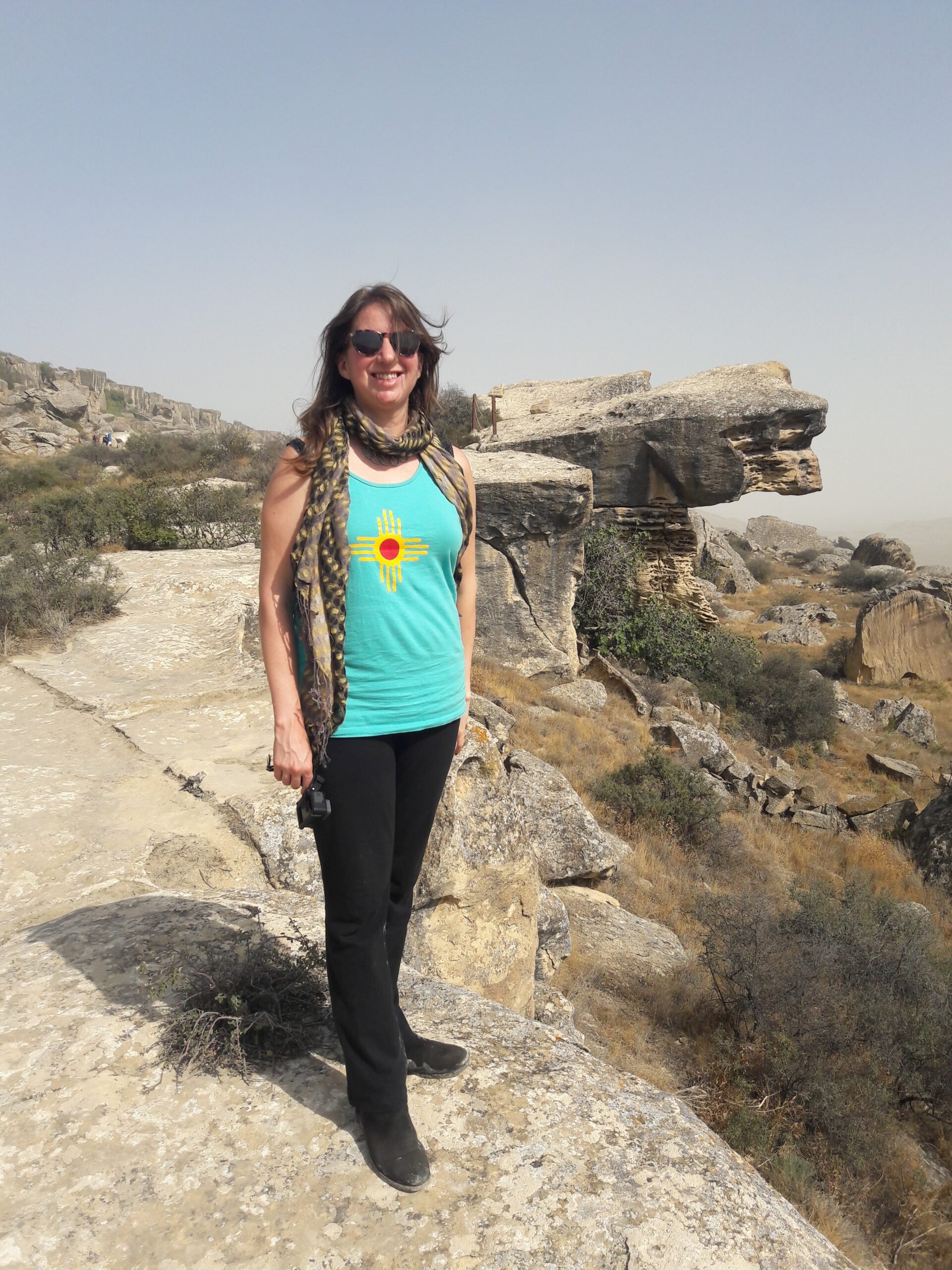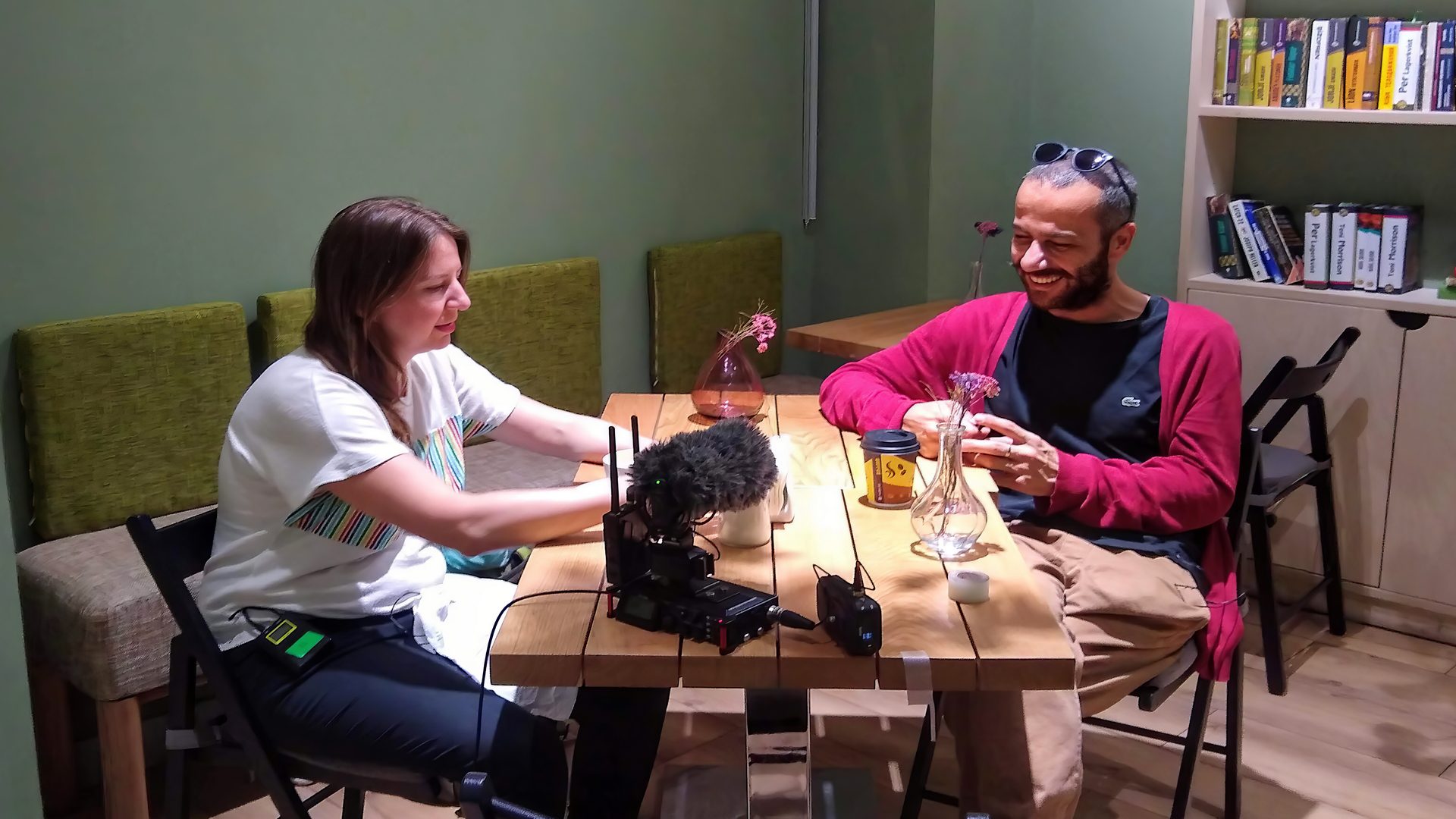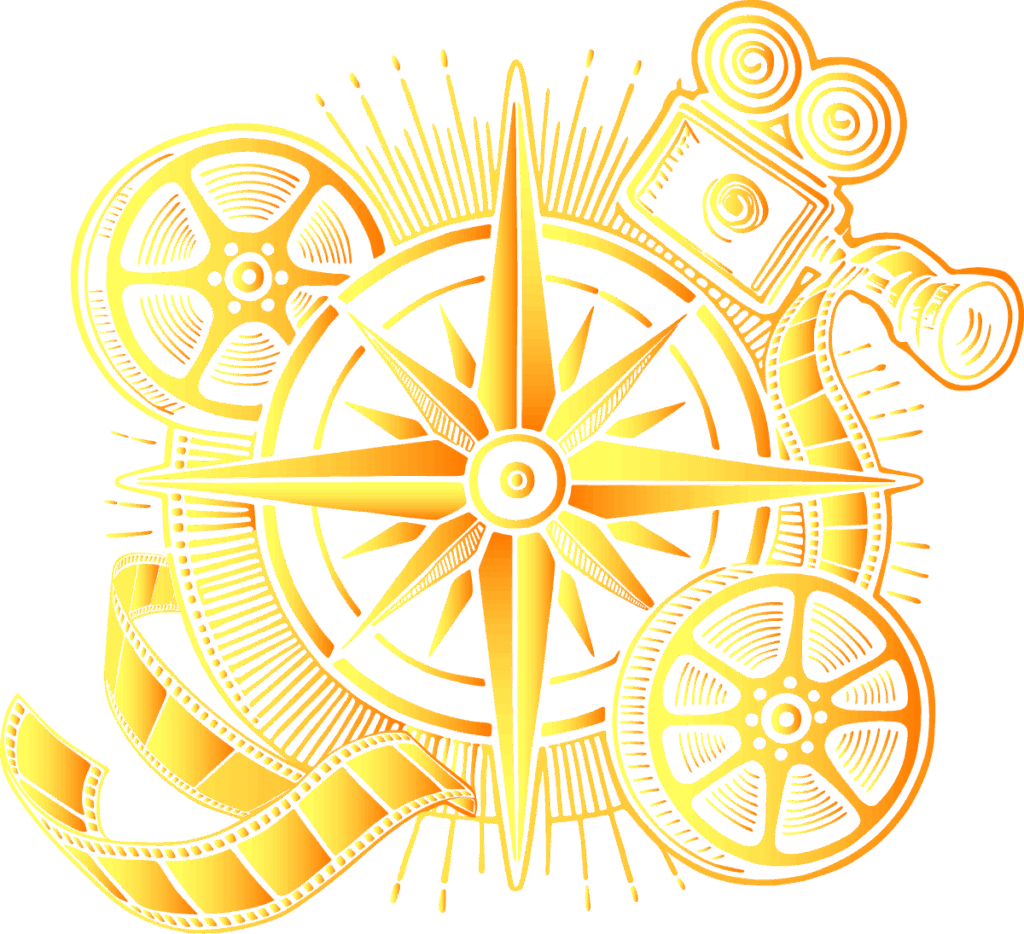
Azerbaijan
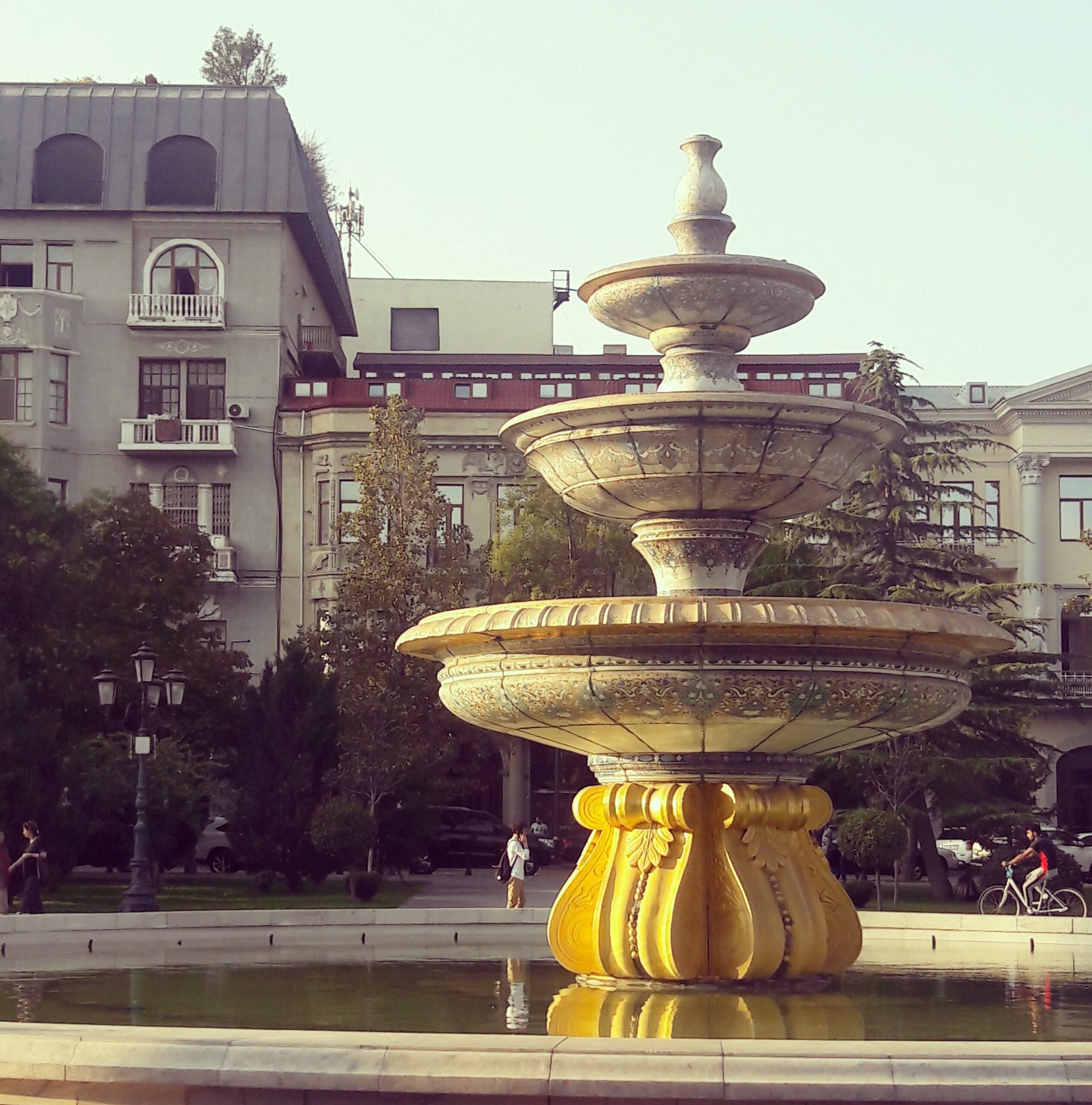
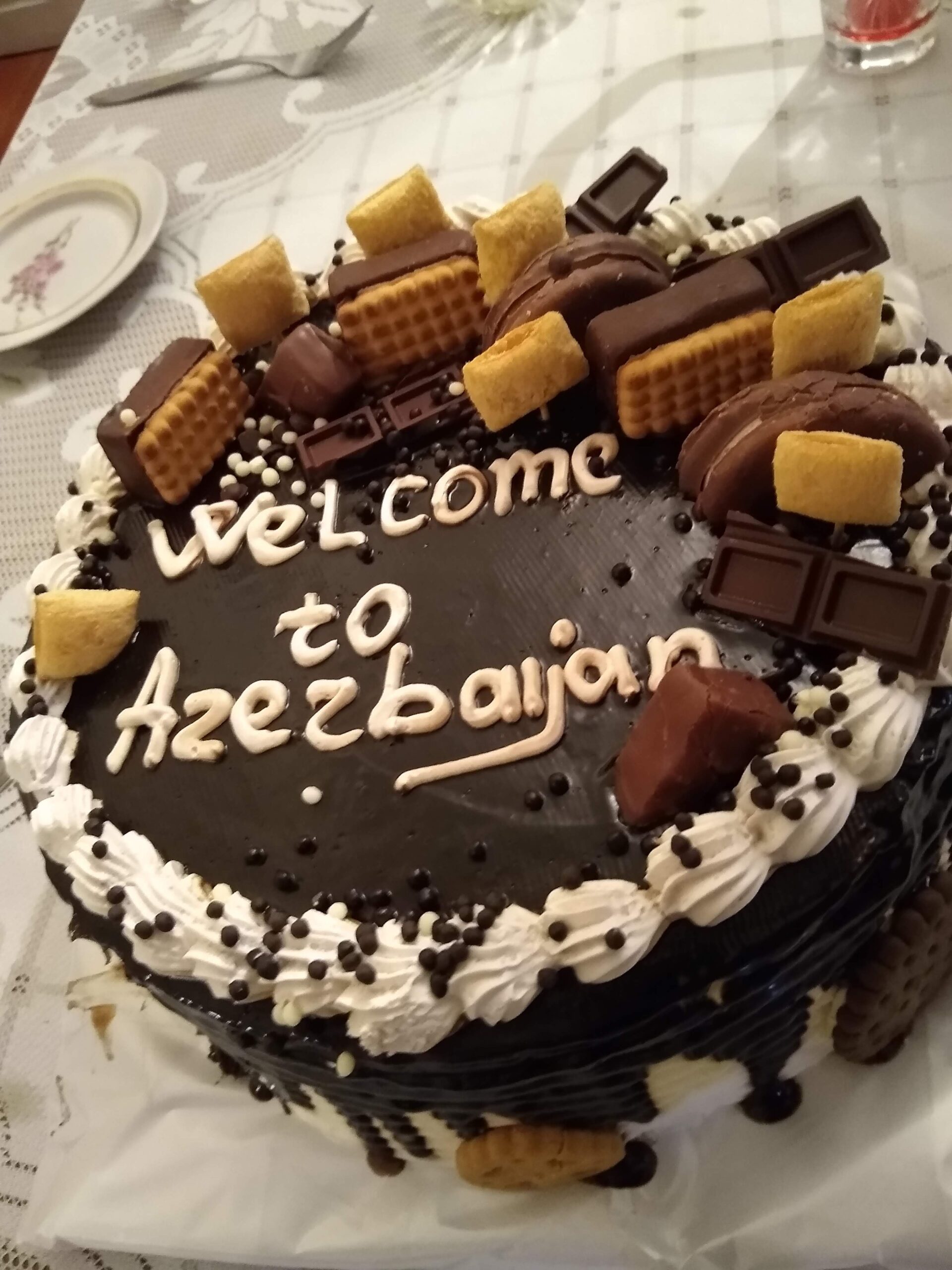
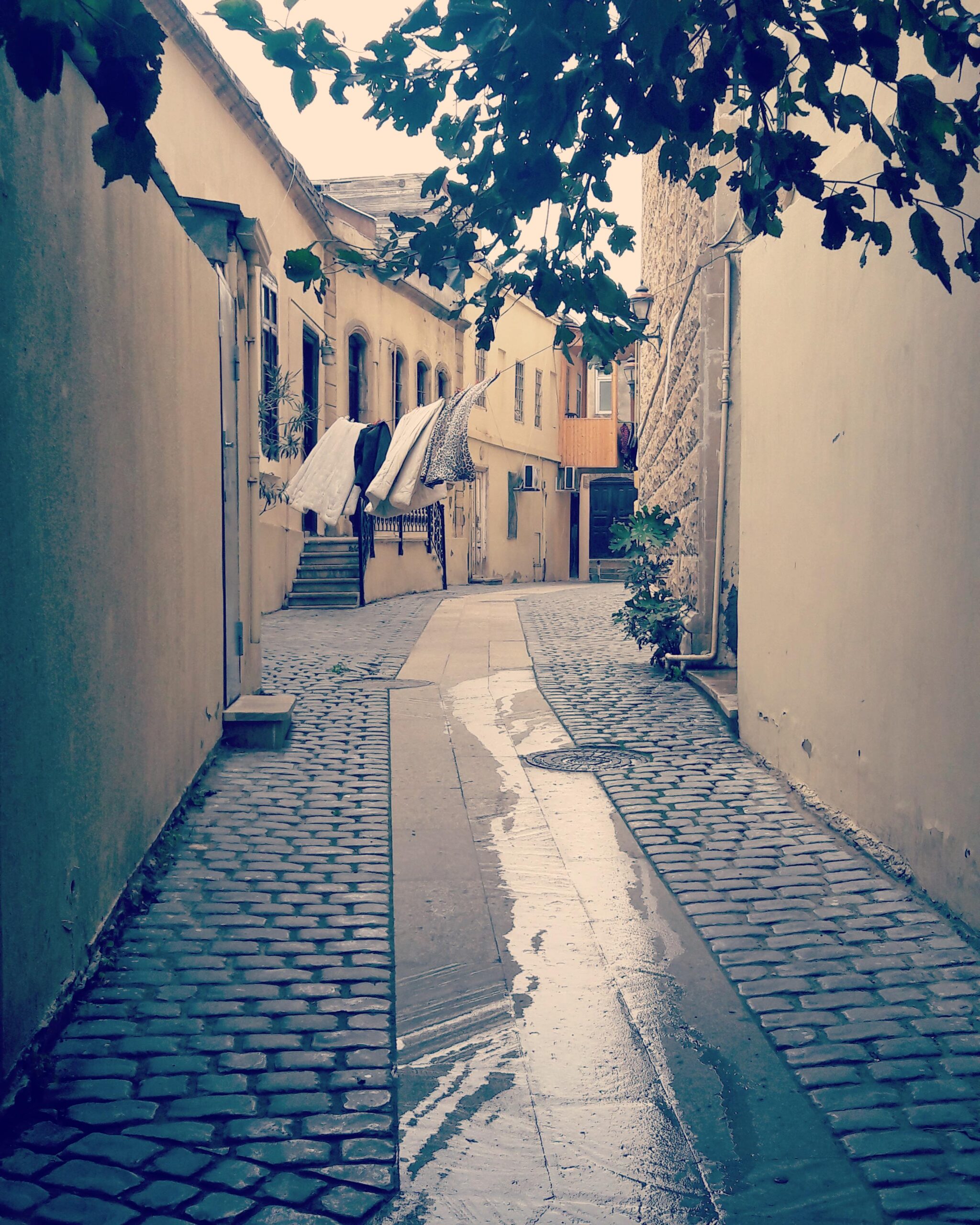
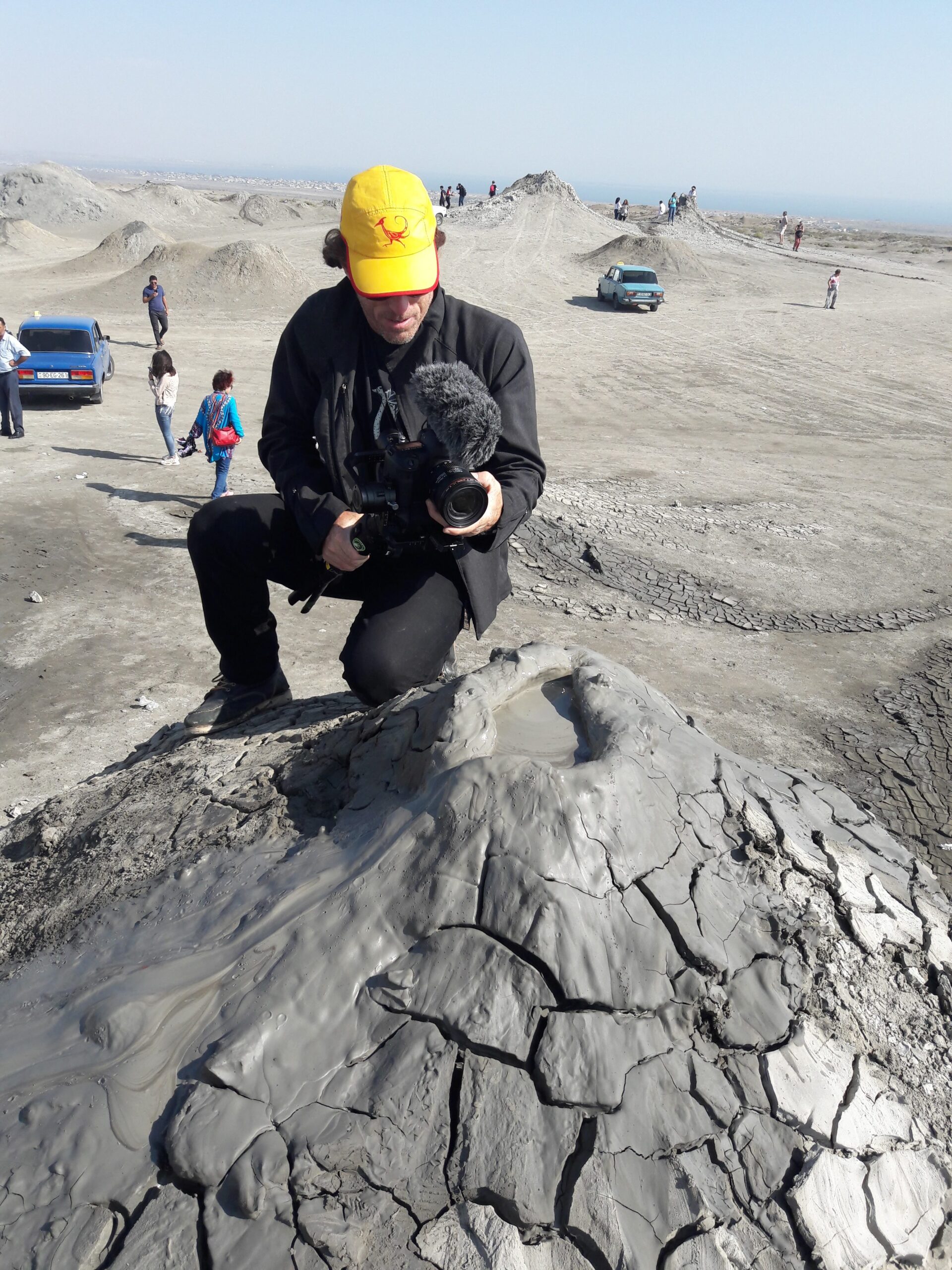
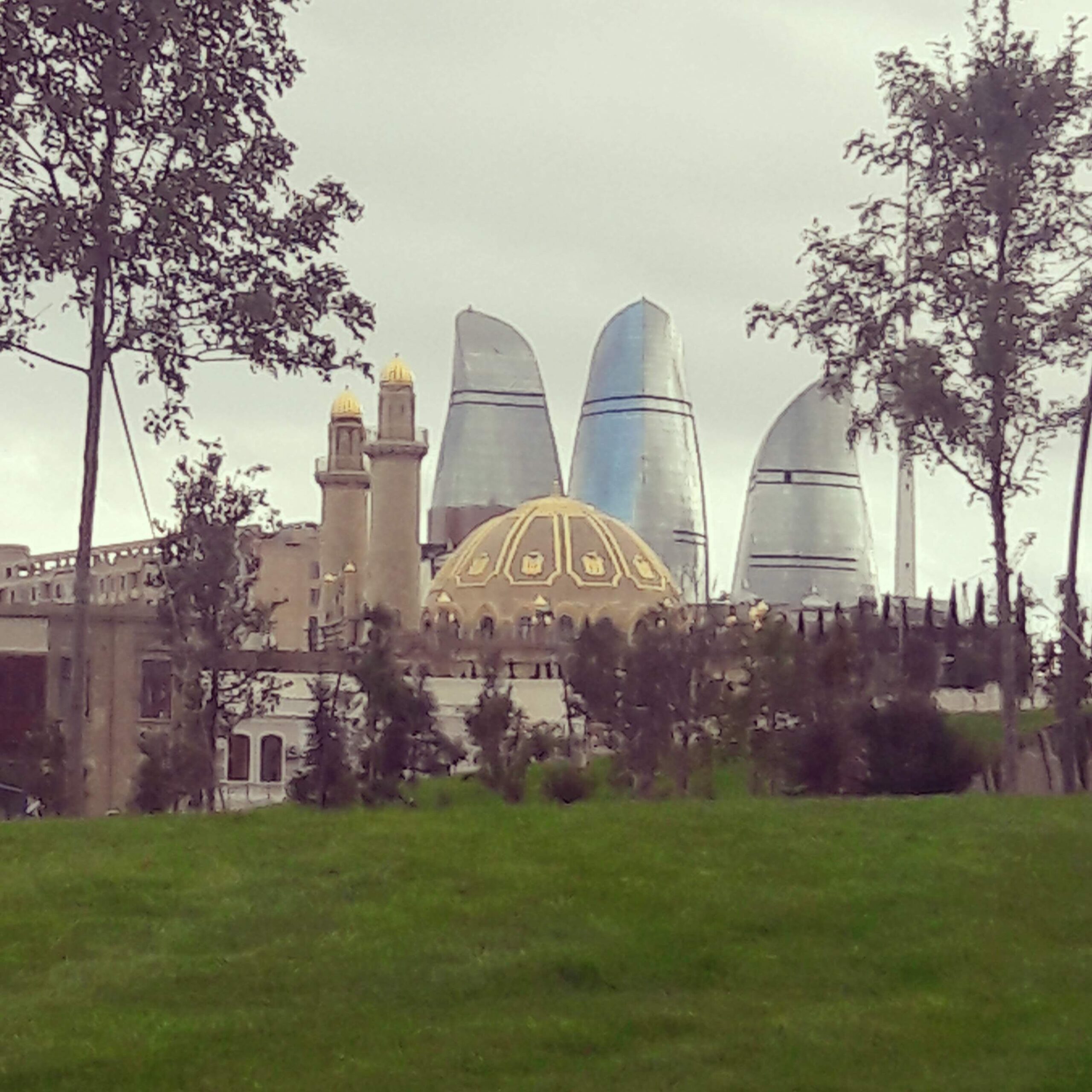
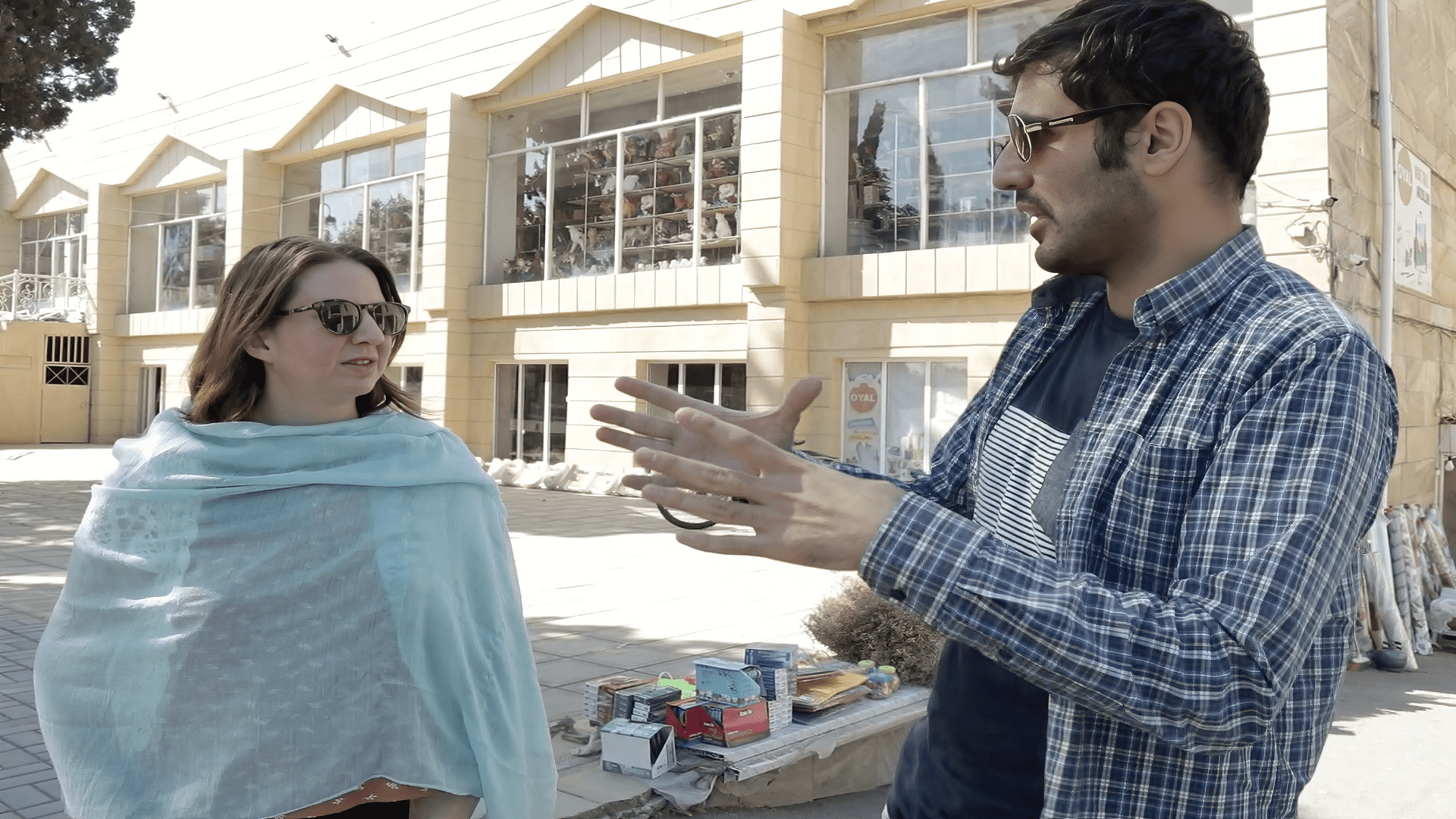
108: Azerbaijan
Azerbaijan has an eclectic mix of Persian, Turkish, and Russian influences. Our filmmakers Oktay and Elvin fight to maintain their voices in this former Soviet country. Elvin takes pride in cinematic storytelling while trying to better his Azerbaijani community. Oktay pursues social justice stories while trying to find the proper balance between film and family man.
Where Were You at 33?
Name: Oktay Namazov
Place: Baku, Azerbaijan
Age at Filming: 33
Personal logline: A young filmmaker tries to start his film project as soon as he finishes the current commercial project he’s working on. But he also realizes that he can’t say “no” to the commercial works when he needs to bring home the bacon.
Directed by Oktay:
“30 Families of Griz” (2016)
“Bring Home The Bacon” (2016)
“Home” (2017)
“My World” (2017)
“Labyrinth” (2018)
“Albasha, Alisa, Berta, Jessy, Kazbek, and” (2019)
“I Could See The Gate Through The Window” (2019)
“Teacher Mehraliyev” (2019)
“Terpsichore” (2019)
“Murder By Appointment” (2024)
Oktay’s Vimeo: https://vimeo.com/user11569585
Oktay’s YouTube: https://www.youtube.com/@OktayNamazov
Oktay’s Instagram: @oktynmzv
Oktay’s Bio:
Oktay is a director and cinematographer in Baku, Azerbaijan. Born in Sheki Azerbaijan, he graduated with a degree in PR and Marketing from Akdeniz University in Antalya, Turkey and soon switched to filmmaking, where he focuses on social justice themes. In 2018, Oktay graduated from the Erasmus Mundus DocNomads Joint Masters Documentary program where he studied in Portugal, Hungary, and Belgium.
Other filmmakers you’ll meet in our Azerbaijan Episode:
Elvin Adigozel
Goranboy, Azerbaijan
Elvin was born in 1989 in western rural Goranboy region of Azerbaijan. Today Elvin still lives in his village. While working for a local television channel he saved money to shoot his first short film. He later went on to co-direct “Chameleon” that premiered at Locarno IFF (2013). His directorial debut feature film “Reporting from Darkness” had its World Premiere in FIDMarseille (2018). In 2019 he made a short film “Shooting Ms Rena’s Film!” and it was in competition at Busan IFF. He went on to direct the feature films “Bilesuvar” (2020) and “My Magical World” (2025).
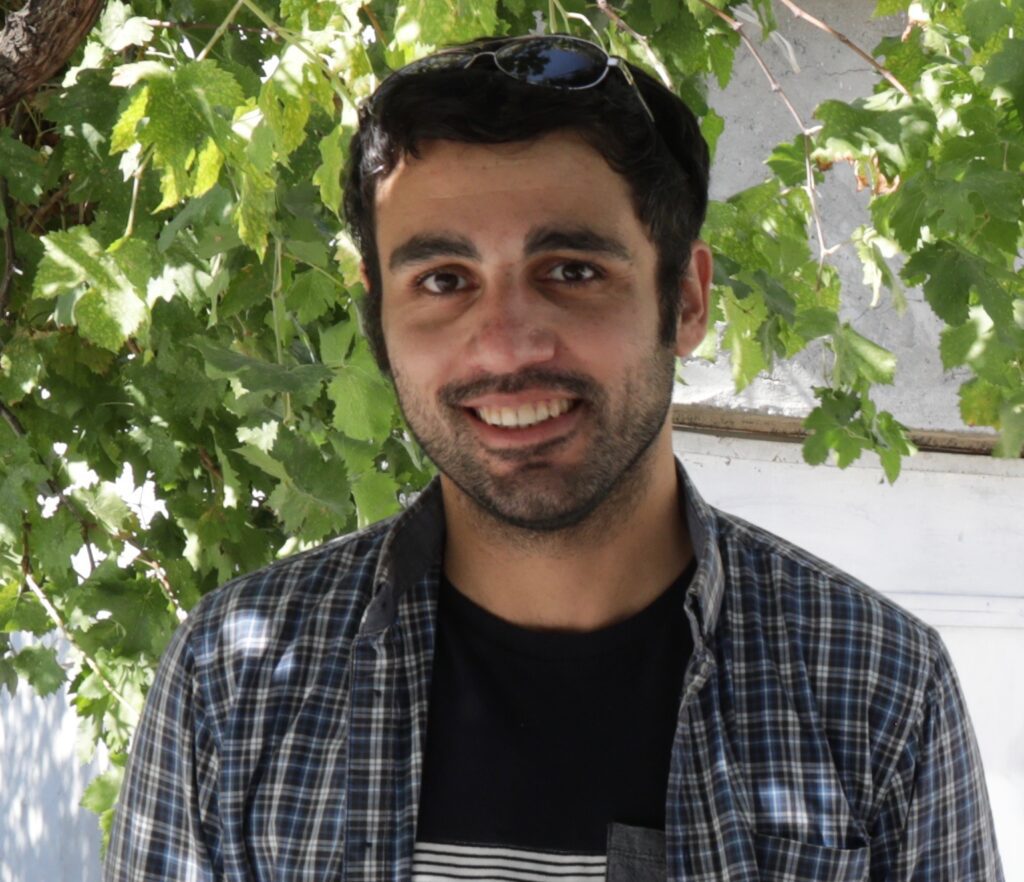
Jalaladdin Gasimov
Baku, Azerbaijan
Jalaladdin Gasimov was born in Tovuz, Azerbaijan in 1967. After graduating from high school in 1984 he got accepted into State University of Management in Moscow and transferred into Moscow Automobile And Road Construction Institute in 1985. He served in the military as a chief of a confidential communication station, (it was the most confidential communication station of USSR), in Nohra, Weimar, Germany during 1985-1987. Afterwards, he pursued education in Baku State University. Furthermore, he graduated from International Law and Trade Academy in Kiev and Police Academy in Baku. He worked as a deputy chief and chief in Khatai district Police department since 1997. Jalaladdin Gasimov is known as an author of six historical novels, and the producer-writer of many award-winning movies, such as “Sholler’s Archive,” “Execution day,” “The First Success of the Nobel Brothers,” and “Stalin’s Dark Past.” He is a member of the Union of Azerbaijani Writers.
Cinema of Azerbaijan
As Azerbaijan was overcome by an oil boom around the same time that early filmmaking was mesmerizing the world, it is not surprising that the earliest films from Azerbaijan were capturing the oil refineries.
A French man who lived in Baku, Alexandre Michon, led the Circle of Scientific Photographer Filmmakers, and some of his footage from “The Oil Gush Fire in Bibiheybat” was shown in 1995 at a 100 year anniversary of cinema retrospective in France.
In the early 1900s, especially during Azerbaijan’s brief-lived independence years, filmmakers were emerging in Baku, many from elsewhere in Europe, including the Prioni brothers of Belgium, whom under the hat of Russian-born director Boris Svetlov, produced “The Woman,” “An Hour Before His Death,” and “An Old Story in a New Manner.”
Svetlov later directed a well known Azerbaijani silent film from 1916, “In The Kingdom of Oil and Millions,” which featured celebrated actor, Huseyn Arablinski. Arablinski was murdered shortly-there-after by his cousin, though the rumor mill blamed the government for his death. Arablinski’s legend lived on, as the prominent Sumagayit State Drama Theater in Baku was initially named after him.
In 1920, under the Soviets, a revolutionary committee of Azerbaijan created a film department. And in 1922, Azerbaijan’s state film studio was established, now known as Azerbaijani Film, its first movie being “The Maiden Tower Legend” (1924), directed by Vladimir Ballyuzek.
The 1930’s, 1940’s, and 1950s produced a lot of documentary films and often focused on the life of workers and laborers.
Filmmakers in post-independence Azerbaijan have struggled with a lack of resources to produce their films and high government censorship of their work. With very few festivals and no government grants or much private funding at all, it is even more of a grind in Azerbaijan to make films than some of its neighboring European countries.
One brief moment of pride arrived in the mid 1990’s when the Russian film “Burnt By The Sun,” won the Oscar for Best Foreign Language Film, which Baku-born filmmaker, Rustam Ibragimbekov co-wrote.
Notable films since then, include a short tragi-comedy, “All For The Best,” depicting the Armenian-Azerbaijani Nagorno-Karabakh conflict; “The Scoundrel,” a feature comedy poking fun at Soviet era decadent corruption, “And When the Persimmons Grew,” a nearly dialogue free documentary directed by Hilal Baydarov.
Some Websites that discuss Azerbaijani Cinema:
https://cinemaofcommoning.com/2024/04/15/on-caucasus-chronicles-and-azerbaijani-cinema/
https://www.teh.net/our-members/salaam-cinema/
https://baku-magazine.com/home-page-latest/the-story-of-the-salaam-cinema-baku/
https://www.peramuseum.org/film-program/bu-kino-cox-gozal-cinema-of-azerbaijan/73
https://azerbaijanfilmproduction.com/azerbaijan-film/azerbaijan-cinema/
https://www.advantour.com/azerbaijan/culture/cinema.htm
https://eurasia.travel/azerbaijan/culture/cinema/
https://azerbaijan.az/en/related-information/179
https://www.azer.com/aiweb/categories/magazine/53_folder/53_articles/53_100years.html
https://cinemaofcommoning.com/2024/04/15/it-should-feel-like-you-are-entering-your-home/
Suggested Films From Azerbaijan
“The Scoundrel” (1988) directed by Vagif Mustafayev
“All For The Best” (1997) directed by Vagif Mustafayev
“Holy Cow” (2015) directed by Imam Hasanov
“Pomegranate Orchard” (2017) directed by Ilgar Najaf
“Reporting From Darkness” (2018) directed by Elvin Adigozel
“When the Persimmons Grew” (2019) directed by Hilal Baydarov
“The Island Within” (2020) directed by Ru Hasanov
“Bilesuvar” (2020) directed by Elvin Adigozel
Cinema, Arts & Culture Landmarks To Visit:
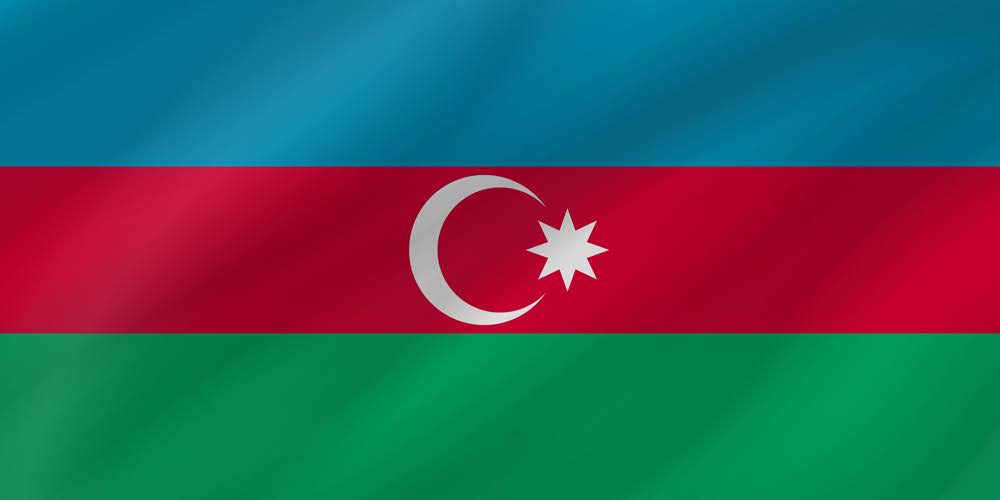
Official Name: Republic of Azerbaijan
Population: 10 million
Capital City: Baku
Form of Government: Republic
Official Language: Azerbaijani
Currency: Azerbaijani manats
Borders: Russia, Georgia, Armenia, Türkiye, Iran, and the Caspian Sea (and the disputed Nagorno-Karabakh territory)
About Azerbaijan
Azerbaijan is in the Caucasus region, straddled between Europe and Asia. It’s bordered by Iran to the south, where a large number of Azerbaijanis live; Russia and Georgia to the North; Armenia and Turkey to the West; and the Caspian Sea to the East. The Caspian Sea also borders Kazakhstan and Turkmenistan (in addition to the aforementioned Russia and Iran). It is sometimes referred to as “the world’s largest lake,” as it is inland and not technically a sea.
Azerbaijan’s population is around 10 million. It is said that there are more Azebaijani’s living outside of Azerbaijan, then within the country, with tens of millions of Azerbaijanis living around the world.
Azerbaijan has a border dispute with its neighbor, Armenia, over the Nagorno Karabakh region, an autonomous region within the boundaries of Azerbaijan, which is claimed by the governments of both Armenia and Azerbaijan. This dispute has turned into all-out-war at times. To try to understand this conflict, which is a difficult one to understand, we must look back into the history of Azerbaijan and its shifting borders.
Azerbaijan was populated from prehistoric times, though the specifics of the tribes are not well known. At some point, the Scythians, a powerful dynasty from Iran, ruled over the area. From the 10th to the 5th centuries BCE, part of Azerbaijan (South of the Araz river, which is in modern-day Iran) was once the ancient state of Mannea, later Medes.
Alexander the Great, upon conquering the Persians, took control of the lands after defeating King Darius II. Locals were savvy enough to negotiate an autonomous rule and by the time of Alexander’s death, Azerbaijan was an independent state called Atropatene (also known as Aderbatgan). This was when the population was largely Zoroastrian. By 20BCE, Atropatene became a province of the Parthians, an Iranian empire.
North of the Araz, of present-day Azerbaijan, was a different state in ancient times, and in the 4th into the third centuries BCE, the Caucasian Albanians (different then the present European country of Albania) formed a new state called Caucasian Albania, after the collapse of the Achaemenid Empire. Soon Oghuz Turkish tribes arrived and called the place Arran, which was then conquered by the Romans in the first century CE followed by the Sassanid dynasty of Persia in the third century CE. By the fourth century, this population had become Christians. If some of these empires and dynasty names are new to you, you are not alone.
Very important to modern Azerbaijani history are the Shirvanshahs.
In the 7th and 8th centuries CE, Azerbaijan faced Arab conquests and much of the population was converted to Islam, forcing out both Zoroastrian and Christian faiths. A few centuries later, however, the Caliphate weakened and the Shirvanshahs rose up to power. The Shirvanshas remained monarchs for centuries to follow and cultivated a lot of the culture that remains today. Notably with language and literature.
Nasimi, for instance, was a prominent poet to emerge in Azerbaijan. He wrote ghazals in the Azeri language, unlike his predecessors who wrote in either Persian or Arabic. He became a voice for the people. Khakami – one of Persia’s most influential poets, was also from Azerbaijan. Today writers are highly respected in Azerbaijan. There are statues to influential writers displayed throughout Baku.
At the same time the Shirvanashas were ruling in the eastern Arran, the Oghuz Turks had a stronghold in the North, and in the 11th century, they created the Seljuk Empire. The Turks also had a strong influence over Azerbaijan, as today’s Azerbaijani language is a Turkic language. The Turks borrowed from the Persians and copied their art and architecture. Some consider the 11th and 12th centuries the Golden Age of Azerbaijan.
By 1174, Tabriz became the capital of the Seljuk region, which was overtaken in 1225 by the Mongol Empire. The Mongols were infamous for slash and burn conquering, destroying everything in its wake and overpowering whomever it came across. The Mongols ruled this region for over 200 years. Ghangis Khan’s son, Ogedei Khan ruled over the region for a while. It’s said that some regions of Azerbaijan, including Shirvan, took over 100 years to recover from the destruction of the Mongol Empire.
Over time (1400s and 1500s), Azerbaijan split into two territories: the Black Sheep Turkomans and the White Sheep Turkomans. The founder of the White Sheep dynasty waged war with the Ottomans. After his death, this region split even more.
In the 15th century, the Shirvanashas prospered and became renowned for their silk exports and the intellectual culture of Azerbaijan was renowned worldwide. Science and the arts were highly respected.
Eventually, the Shirvanshahs fell prey to the Persian Safavid Dynasty, and power was consolidated.
Shah Ismail I of the Safavid dynasty unified the country of present day Iran, and made Azeri the official language of the royal court. He also wrote poetry in Azeri, his pen name was Khatai.
When the Safavid dynasty declined, the territory was split into districts called khanates, and fighting ensued between the various khanates. This fighting continued throughout the 18th century.
The fate of Azerbaijan was altered forever when in 1805, the Azerbaijani Karabakh khan Ibrahim Halil signed a treaty with Russia that made the Karabakh Khanate a Russian protectorate. After that, some Azeri Muslim families moved from their homes in Karabakh to Persia, while the Russian government encouraged Armenians living in Persia to move to Karabakh. This is perhaps the start of the major conflict between Armenia and Azerbaijan that continues to exist today through wars and peace treaties and broken promises.
In 1848, the first oil well in the world was drilled in Azerbaijan, near present day Baku.
And to my delight, I learned that during the “oil boom” of the following decades, Azerbaijan created the first theatre, ballet, opera and cinema in the Muslim world.
While sucked into the Russian empire both pre-and-post Soviet Union, Azerbaijan fought for their independence, and in 1918 became the first independent, democratic Muslim country.
In 1919, Azerbaijan also became the first Muslim country to allow women the right to vote; thus giving women that right before the U.S. and many other European countries.
In 1920, the Soviet Red Army invaded Azerbaijan and Azerbaijan soon lost its independence.
Azerbaijan did not regain its independence until 1991.
Since 1993, the country has had only 2 presidents: Heydar Aliyev, originally a high-ranking KGB official, who led until 2003, when his son, Ilham Aliyev took over.
About Baku
Azerbaijan’s capital city, oil-rich Baku, with its now iconic flame towers, became a boomtown in the 1870’s thanks to the discovery of this black gold, and by 1905, Azerbaijan was supplying half the world’s oil.
Today, Baku, with a population of over 2 million, is having to be more creative about its economic industries, as the oil may soon run out. They have supplemented this by building massive skyscrapers and cultural centers, hosting Formula 1 races, the European soccer league finals, the Eurovision song contest, and trying to turn its attention towards tourism.
Baku has been described as “the architectural love child between Paris and Dubai,” as evidenced by Parisian fashion trends and futuristic architecture.
Baku’s Fountain Square is a lovely pedestrian street which is filled with people until the wee hours of the night. Throughout Baku, you can find buildings designed as theaters, universities, ballet schools, literary hubs — impressive remnants left over from the Soviet days. Baku has a pleasant seaside boulevard, and it’s worthwhile to get lost in the Unesco listed walled-medieval old town.
On the outskirts of the capital, venture past the oil fields to visit ancient petroglyphs at the Gobustan Rock Art Cultural Landscape; the bubbling mud volcanoes; Yanar Dag; a continuously blazing natural gas fire; and The Atashgah Zoroastrianism Fire Temple.
About Zoroastrianism and Azerbaijan as “The Land Of Fire”
Zoroastrianism is thought to have originated around 1700 BCE in Central Asia, under the teachings of The Prophet Zarathustra and by 550 BCE, the religion flourished throughout the Persian empire. By the 200’s BCE, it traveled eastward to India and China, and it became the state religion of the Persian empire in 224 CE. With the arrival of Islam in 661 AD, Zoroastrianism was threatened and many of its followers fled to India. Zoroastrians suffered heavy casualties as a result of the Mongol invasions in the 1200s, and after the Islamic revolution of 1979, which overthrew the Shah of Iran, many Zoroastrians left Iran for Europe and North America.
An important symbolic element of Zoroastrianism is the eternal flame, or ateshgah, a fire temple. Fire is seen as providing purity, warmth and light.
For Zoroastrians, fire is a link between humans and the supernatural world, and a medium through which spiritual insight and wisdom can be gained. It’s purifying, life-sustaining and a vital part of worship.
– CNN Travel article: “Eternal flame: How Azerbaijan became the ‘Land of Fire’ “ by Maureen O’Hare, Dec. 2, 2022
Azerbaijanis refer to their homeland as “The Land of Fire.” “Azer” is the Persian word for “fire.”
Yanar Dag (which means “burning mountainside”) is an example of Azerbaijan as the land of fire: some locals claim the natural gas fire at Yanardag has burned continuously for 4,000 years.
“… Yanar Dag is one of several spontaneously occurring fires to have fascinated and frightened travelers to Azerbaijan over the millennia. Venetian explorer Marco Polo wrote of the mysterious phenomena when he passed through the country in the 13th century. Other Silk Road merchants brought news of the flames as they would travel to other lands.”
– CNN Travel article: “Eternal flame: How Azerbaijan became the ‘Land of Fire’ “ by Maureen O’Hare, Dec. 2, 2022
Three Things To Do in and around Baku
- Wander around the UNESCO listed walled Old City of Baku
- Explore the city’s unique modern architecture, gaze at the Flame Towers, the Crystal Hall, and explore Baku’s cultural center and architectural wonder of the Heydar Aliyev Centre.
Take a day trip to see the Qobustan Petroglyph Reserve, the mud volcanoes, and the Ateshgah Fire Temple
Stephanie’s Top 3 Travel Tips to Visit Azerbaijan
- Visit at least one of the many cultural institutions within Baku: theatres, music halls, opera or ballet companies.
- Experience the local tea culture.
Plan enough time to explore both the cosmopolitan city of Baku; and venture to other parts of the country, such as Sheki, Quba, or Ganja, to see the landscapes, beauty and culture of the country.
Useful Links:
- Mr History’s A Super Quick History Of Azerbaijan
- Lonely Planet
- Britannica
- National Geographic Kids
- Atlas Obscura
- CIA World Factbook
- WikiTravel
- National Geographic Travel Notes
- Best of Caucasus
- Azerbaijan Travel
- 25 Facts About Azerbaijan
- Culture Trip
- Best Things To Do In Baku
- Human Rights Watch
- Amnesty International
